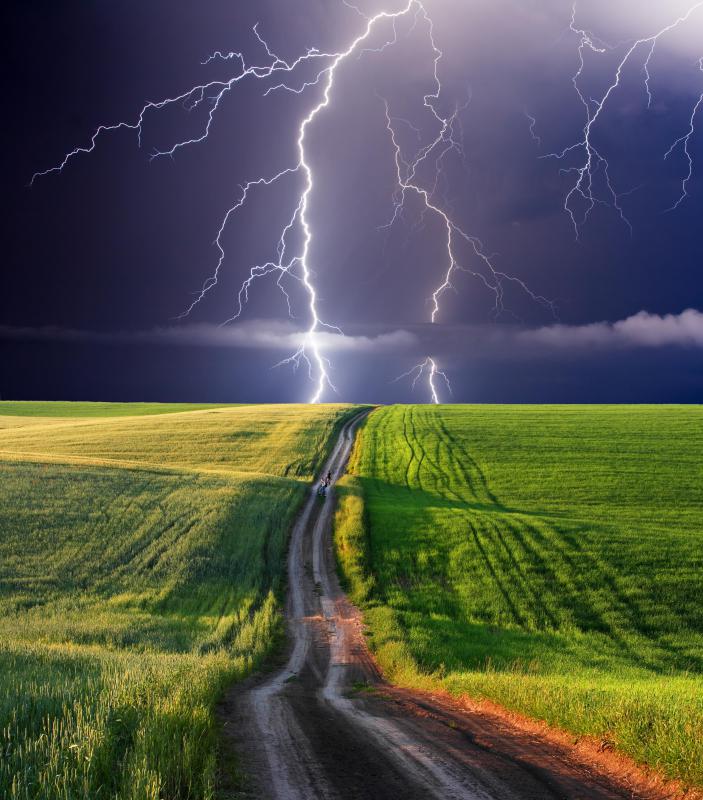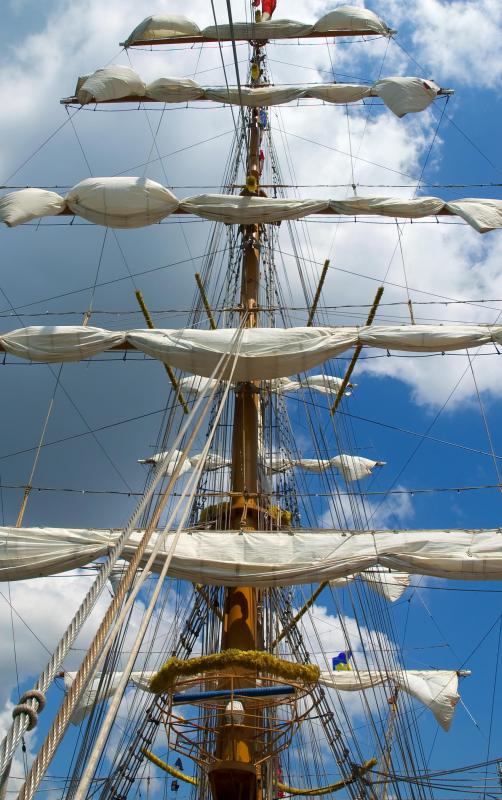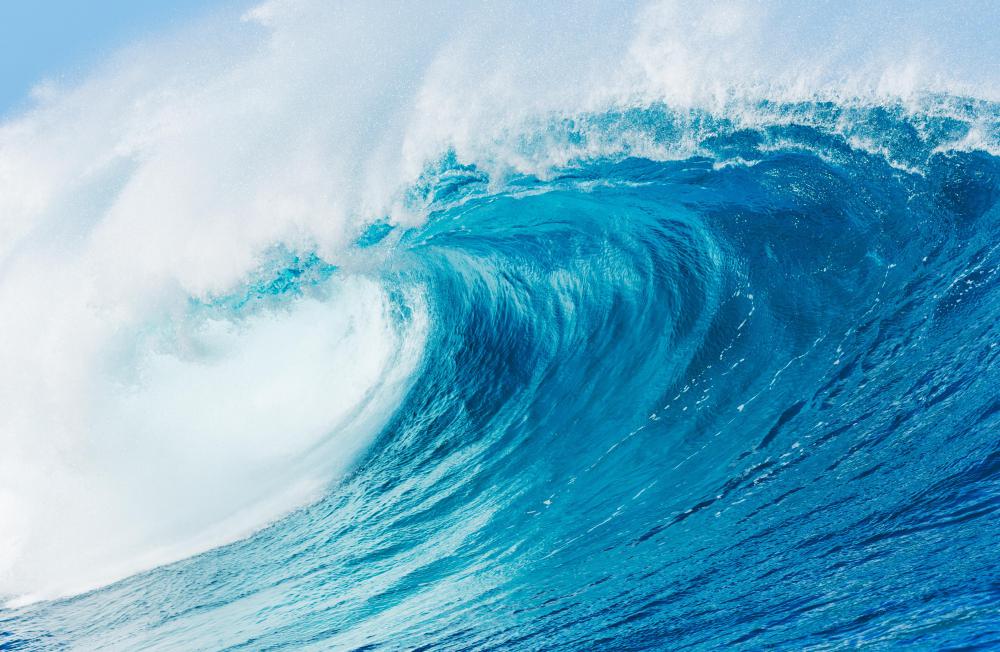At EasyTechJunkie, we're committed to delivering accurate, trustworthy information. Our expert-authored content is rigorously fact-checked and sourced from credible authorities. Discover how we uphold the highest standards in providing you with reliable knowledge.
What Are the Different Uses of a Wind Speed Indicator?
A a wind speed indicator, or anemometer, is often used to monitor conditions related to air travel, industrial work sites, and marine travel. An anemometer can provide vital information for pilots, industrial workers, sailors, and even researchers. They might also be used for recreational activities.
Weather stations constantly monitor wind direction and speed and relay that information to the public. Anemometers can allow meteorologists to predict the arrival time of storm fronts and changing weather patterns. The information obtained from a wind speed indicator combined with outdoor temperatures also provides pertinent wind chill factor information during the winter.

Depending on its location, an airport may have wind speed indicators positioned in more than one place. Pilots need both wind speed and wind pattern information for safe take-off and landing. Varying wind speed and patterns may affect flight, especially in areas where mountainous regions surround valleys. Crop dusters and aerial fire fighters also need to know wind speed and direction in order to safely and efficiently deliver any chemicals dropped from the plane. Hang gliders, hot air balloonists, and model airplane enthusiasts, might all use wind speed indicators to determine flying conditions.

The industrial sector might use a wind speed indicator to gauge whether conditions are safe for construction workers on high-rise building sites. Wind speed information can also help local authorities determine the safety of suspension bridges. Engineers might also collect this data to monitor the stress of torque and sway that bridges experience as a result of the wind.

Wind instrumentation helps project planners determine the optimum site for wind farms. A wind speed indicator might help determine the best type and size of wind turbine to construct in a particular area. Wind farm owners often use wind speed measurements to calculate energy production over a specified period of time. Some wind generators use computerized digital, anemometers that turn turbines on and off depending on wind conditions.

Agricultural researchers often use wind speed indicators to monitor soil erosion and climactic effects on various plants. Epidemiologists may accumulate air and wind speed data to determine the pattern of spreading pathogenic organisms. Using anemometers indoors, designers may devise healthier ventilation systems. The various mining industries have historically used wind speed indicators to evaluate air circulation in and out of subterranean environments.

Anemometers are often attached to buoys or installed as part of ship instrumentation for navigational purposes. Wind speed, water depth, and the time and distance that wind travels over the ocean, allow oceanographers and meteorologists to predict wave heights and patterns at sea. Sailors aboard masted ships also need to know the wind speed, particularly during seasonal races.
AS FEATURED ON:
AS FEATURED ON:

















Discuss this Article
Post your comments